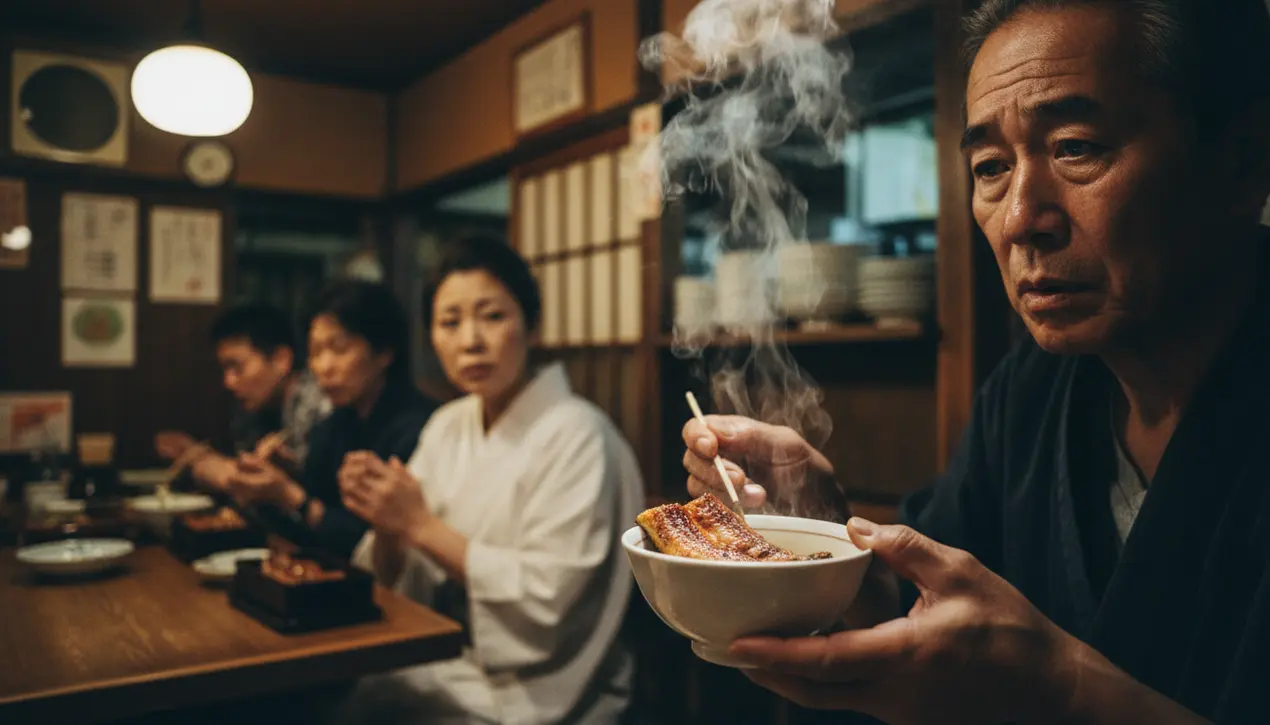
Otherfood & diningSustainable Eating
Japanese Consumers Worry About Potential Eel Trade Restrictions.
RA
Rachel Adams
17 hours ago7 min read
In a small, softly lit restaurant just outside Tokyo, the steam rising from a ceramic bowl of grilled unagi carries the weight of a looming international crisis, a culinary tradition now hanging in the balance as the global community prepares to scrutinize the fate of the Japanese eel. This isn't merely about a meal; it's a profound ecological and cultural reckoning.The unagi, a creature whose life cycle reads like an epic poem—spawning in the remote depths of the Mariana Trench, its larvae then riding ocean currents thousands of miles to mature in East Asia's freshwater rivers—has seen its populations plummet by over 90% in just three generations, a stark statistic that has forced its listing as endangered on the IUCN Red List. The upcoming Convention on International Trade in Endangered Species (CITES) meeting in Uzbekistan represents a potential turning point, where nations could vote to list the species under Appendix II, a move that wouldn't constitute an outright ban but would impose stringent certification requirements on all international trade, fundamentally disrupting a supply chain that feeds Japan's insatiable appetite.For a nation where eating eel on the Day of the Ox in summer is a deeply ingrained cultural ritual believed to impart vitality and stamina, the possibility of restricted access strikes at the heart of national identity. Consumers like Yukiko Takahashi, who spoke of the dish as a celebratory luxury, now face the anxiety of a future where such treats may become either prohibitively expensive or vanish from menus altogether, a sentiment echoing through the specialized unagi-ya restaurants that dot the country.The situation is a classic tragedy of the commons, exacerbated by rampant overfishing of juvenile glass eels, rampant habitat destruction from riverfront development, and the opaque, often illegal, trade networks that funnel these precious juveniles from Taiwan and China to Japanese aquaculture farms. While the Japanese government has initiated conservation measures, including seasonal fishing bans and aquaculture research, critics argue these efforts are too little, too late, failing to address the systemic pressures of a market that consumes over 70% of the global eel catch.The debate pits cultural preservation against species survival, a conflict with no easy answers. A CITES listing would undoubtedly send economic shockwaves through the industry, potentially doubling or tripling prices and pushing unagi into the realm of extreme luxury, akin to bluefin tuna.Yet, marine biologists and conservationists, whose voices are growing increasingly urgent, contend that without such forceful international intervention, we are merely presiding over a slow-motion extinction, watching a species that has navigated the planet's oceans for millennia be loved to death. The outcome in Uzbekistan will not only determine the fate of Anguilla japonica but will also serve as a critical test of global willpower, a measure of whether we can prioritize long-term ecological stability over short-term cultural and economic desires, a dilemma that resonates far beyond the shores of Japan.
#featured
#Japan
#eel
#endangered species
#wildlife trade
#CITES
#food culture
#conservation
Stay Informed. Act Smarter.
Get weekly highlights, major headlines, and expert insights — then put your knowledge to work in our live prediction markets.
Comments
Loading comments...
© 2025 Outpoll Service LTD. All rights reserved.